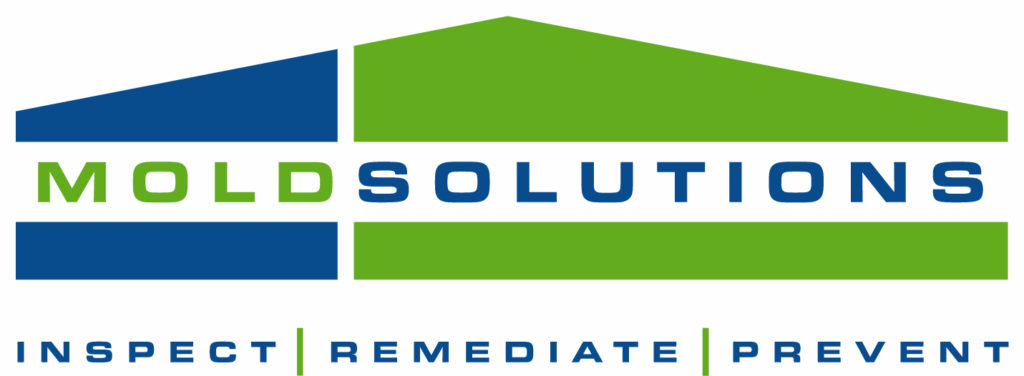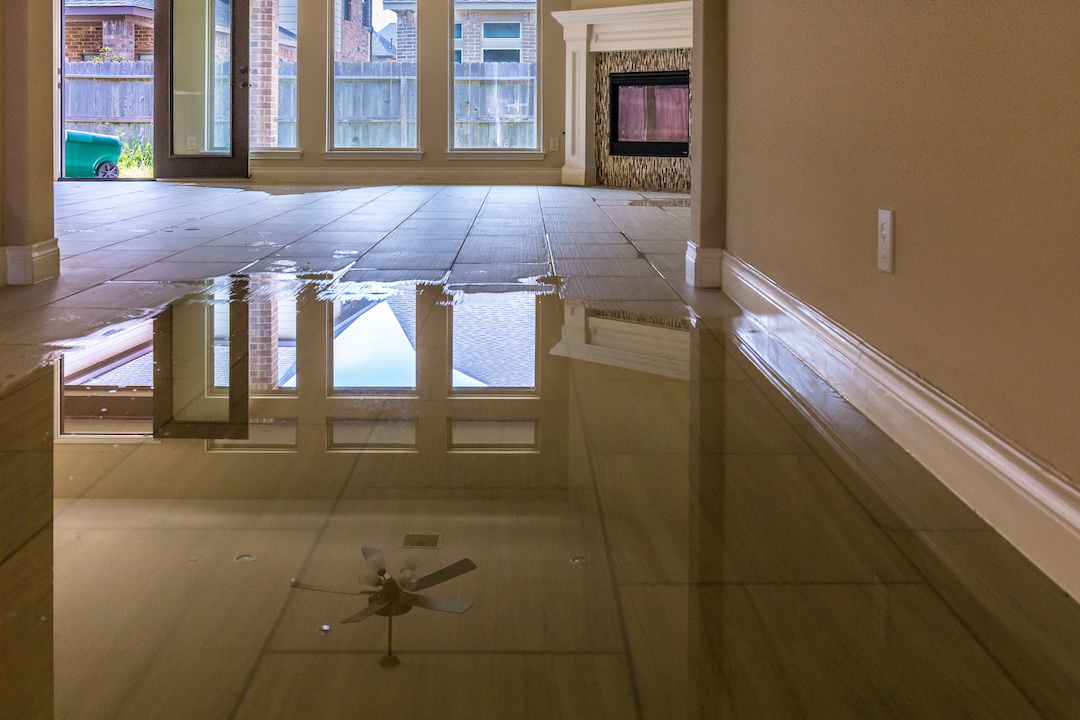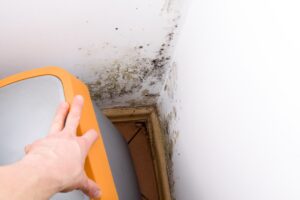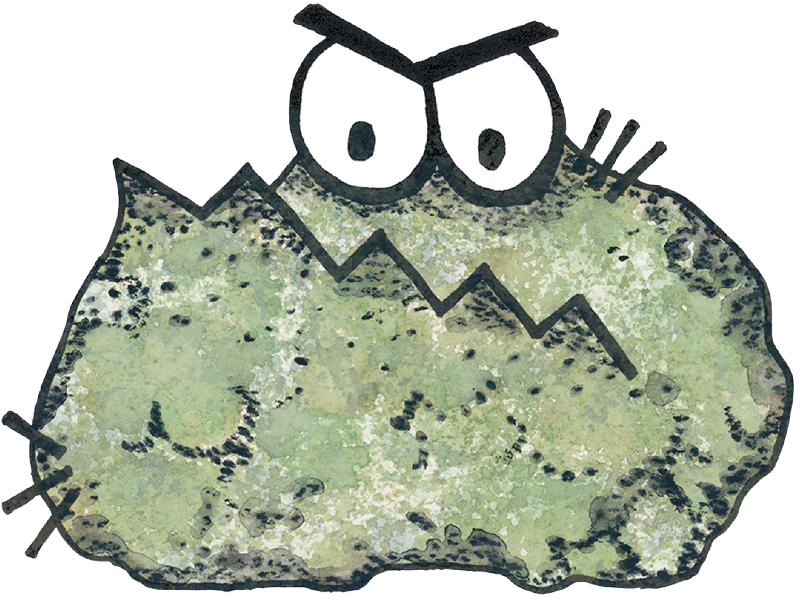As a homeowner, you already have a pretty clear idea of how destructive floods can be. Regardless of their severity, these hazards can inflict severe damage on your property. Sometimes, you might even have to deal with issues like mold months after the initial flood. As a matter of fact, some homeowners have reported they’re now noticing mold after a flood streak that occurred back in July. That’s why it’s vital to know what to do after your home is flooded in order to minimize the damage.
Inspect Your Property
The first thing you should do once you get out of your house after a flood is to inspect your property. That way, you can document the damage for your insurance company. You will also get a rough idea of the flood’s severity and impact, so you can plan your next steps accordingly.
Remove Excess Water
By removing flood water promptly, you will reduce the chance of mold growth. Removal of wet carpeting and padding may be necessary. If only one room or part of a room got wet, you may be able to extract the water from the carpet with a carpet cleaning machine/extractor. We recommend you use a pump or wet vacuum to extract water from your basement, heating system, or any other affected area. However, ensure that no more water is infiltrating your home and the point of entry has dried up.
Dry Your Home
Mold spores require moisture and humidity in order to thrive and grow. Thus, it would be best if you dried the affected area as fast as possible. To do so, you can use fans, dehumidifiers, heaters, and air-conditioning.
In addition, we also advise you to check the lower part of your room for wet spots. If you find any, you should pry out your baseboards and trim and dry them. Remember that time is of the essence, and you must act quickly to avoid dealing with mold later down the road.
Dispose of Damaged Items
Sadly, you can’t save all of your items, particularly after severe floods. Actually, it’s best to throw away all soaked belongings, as they can promote mold growth. Therefore, you should check your furniture, mattresses, pillows, and even stuffed animals. The same applies to your wood and carpet flooring which we recommend you replace with vinyl or a similar product that is moisture resistant.
However, you could save some items as long as you manage to dry them immediately. Just be careful not to carry mold-infested things from room to room, or you could end up spreading mold spores all over your home.
Be Aware
You should keep an eye out for dampness and mold even after cleaning your home and removing damaged items. That’s because mold can be quite persistent and might develop weeks or months after a flood. So be sure to frequently check every nook and cranny for signs of mold.
Professional Mold Remediation Services
Sometimes, mold will take over your home regardless of how much you try to prevent it. If that happens, you should contact a professional mold remediation company as soon as possible and let them handle the problem. Otherwise, you expose yourself and your family to potential health problems related to mold spore inhalation.








